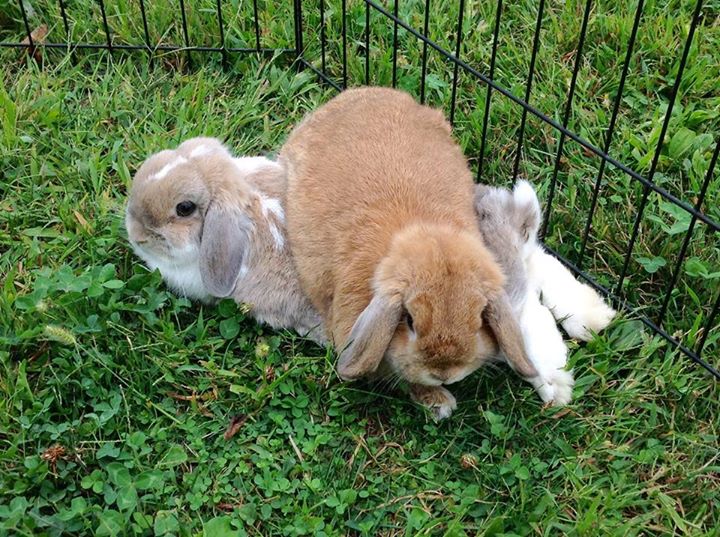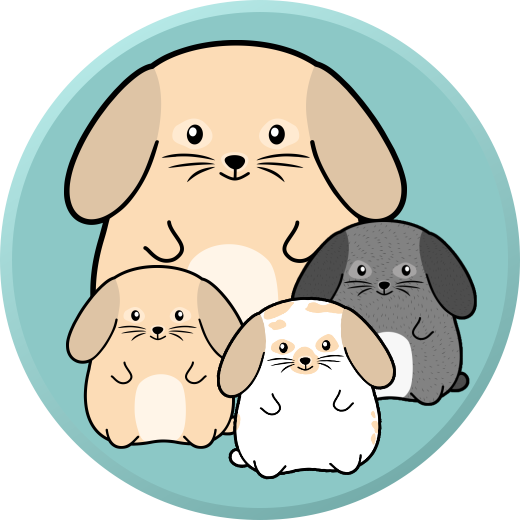Cozy Bunny Pillows1/18/2016 It's January in northern Ohio, which means it's pretty stinkin' cold outside (and cloudy nearly every day thanks to good old Lake Erie). Thankfully, my bunnies get to stay in our garage until the bunny barn is built, and although it is heated from the ducts underneath the second story, it does get chilly on blustery 15 degree days! Trying to think like a bunny, I imagined myself in a winter coat, sitting on metal mesh wire with my tootsies getting all cold and nasty. That might work for some, but my spoiled bunnies expect the equivalent of a Hilton, and I felt like I was providing more of a Motel 6 experience. ...but I had a solution!
What? Back that pony up...I thought you just put the boy bunny with the girl bunny and the magic bunny fairy plops a cute litter of bunny kits into the nest box 30 days later! That isn't so?
When I first started breeding Hollands, that's what I thought too. Those other breeders are just trying to scare me; how difficult can it be? Plenty!! Let's take a look at some of the most common scenarios when breeding Holland Lop rabbits. *Updated February 2021 |
♥ Welcome! ♥ Hook's Hollands is a small hobby rabbitry on our Ohio farm and is operated by me (Diane) with the help of my family. All of my bunnies are pampered pets whom I adore. This blog serves to spotlight various bunny care topics and share a bit about my 365-days-a-year-with-no-vacations experiences raising bunnies. Categories
All
Archives
February 2021
|




 RSS Feed
RSS Feed


